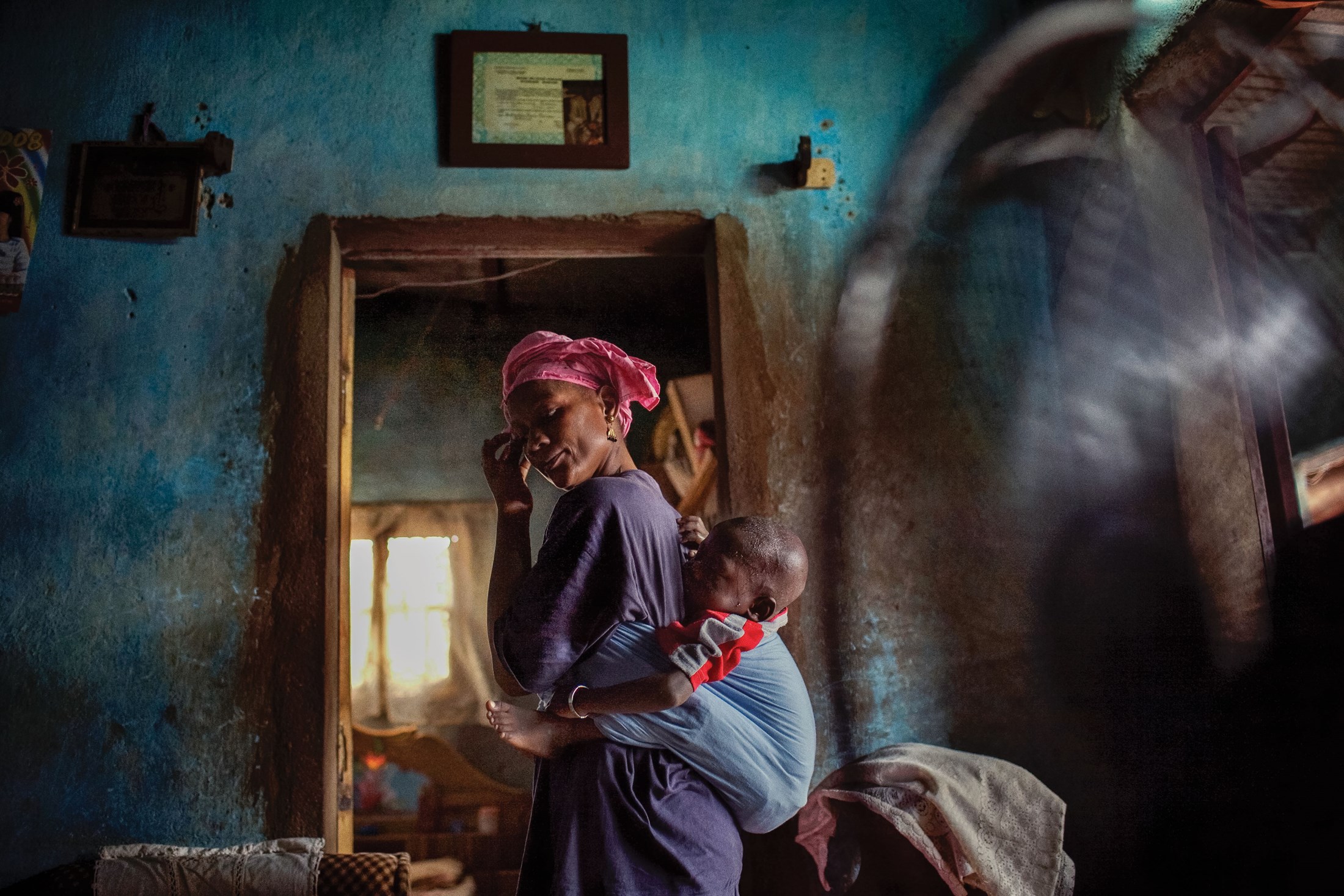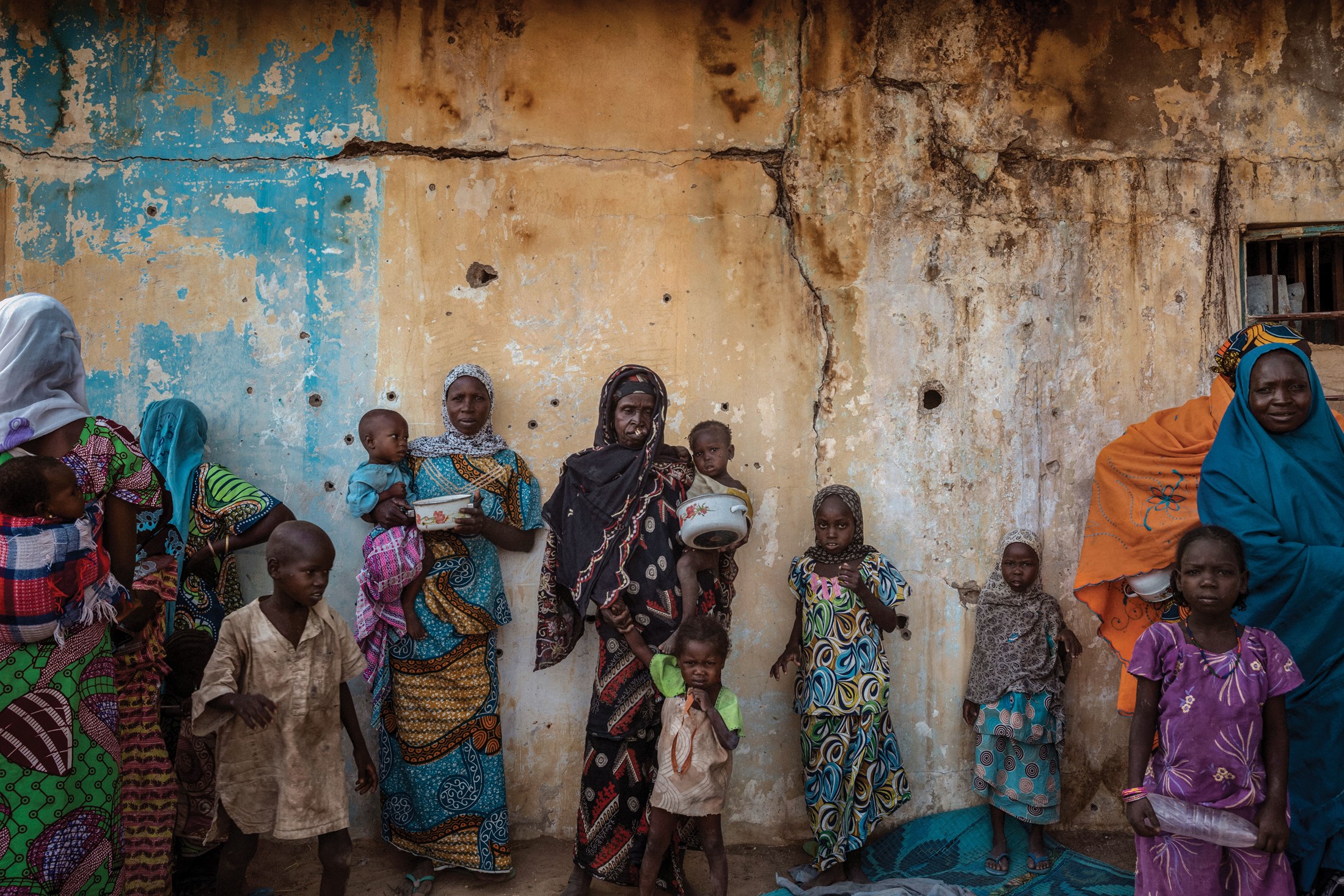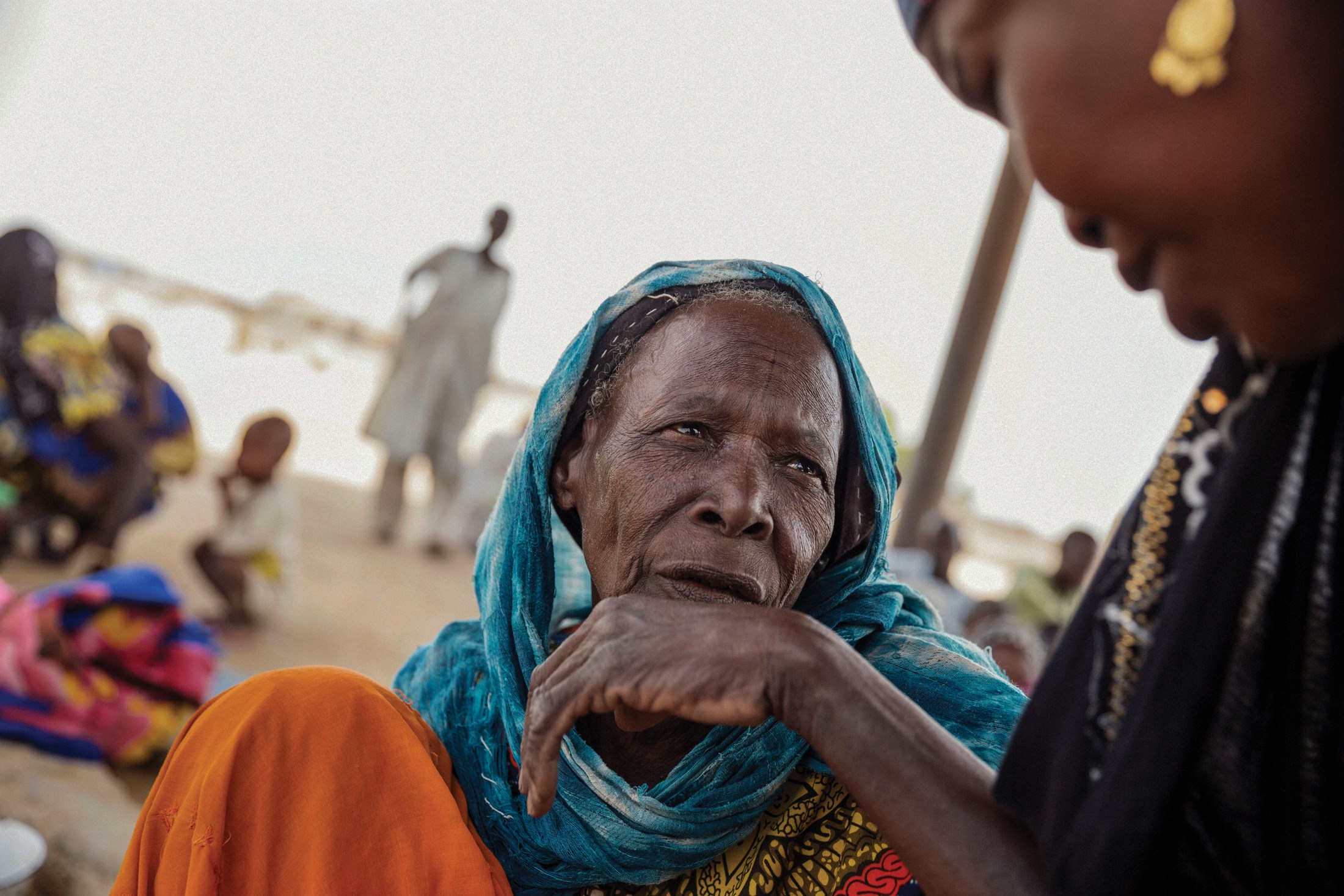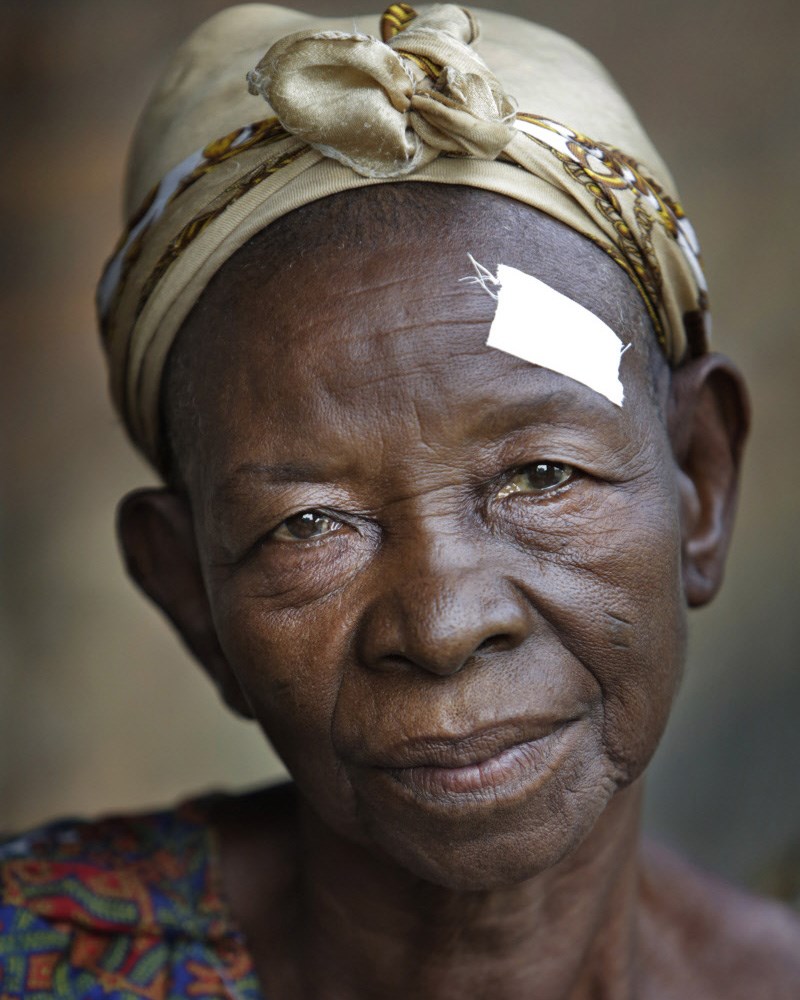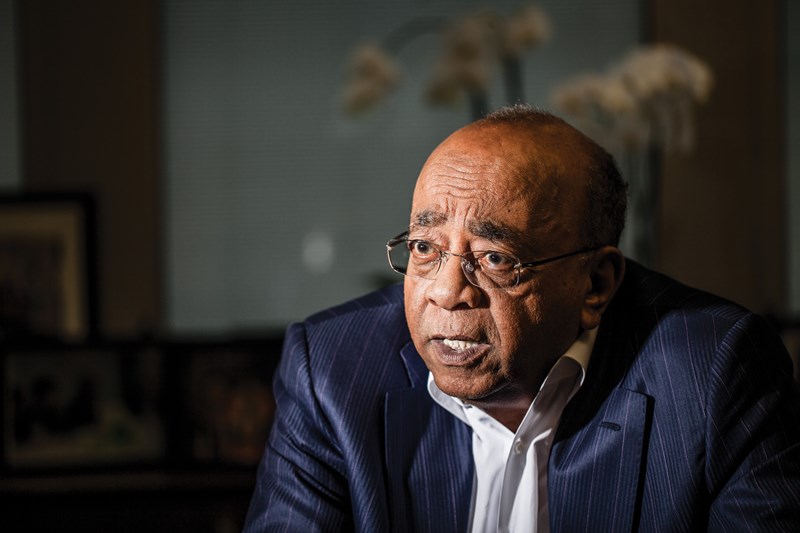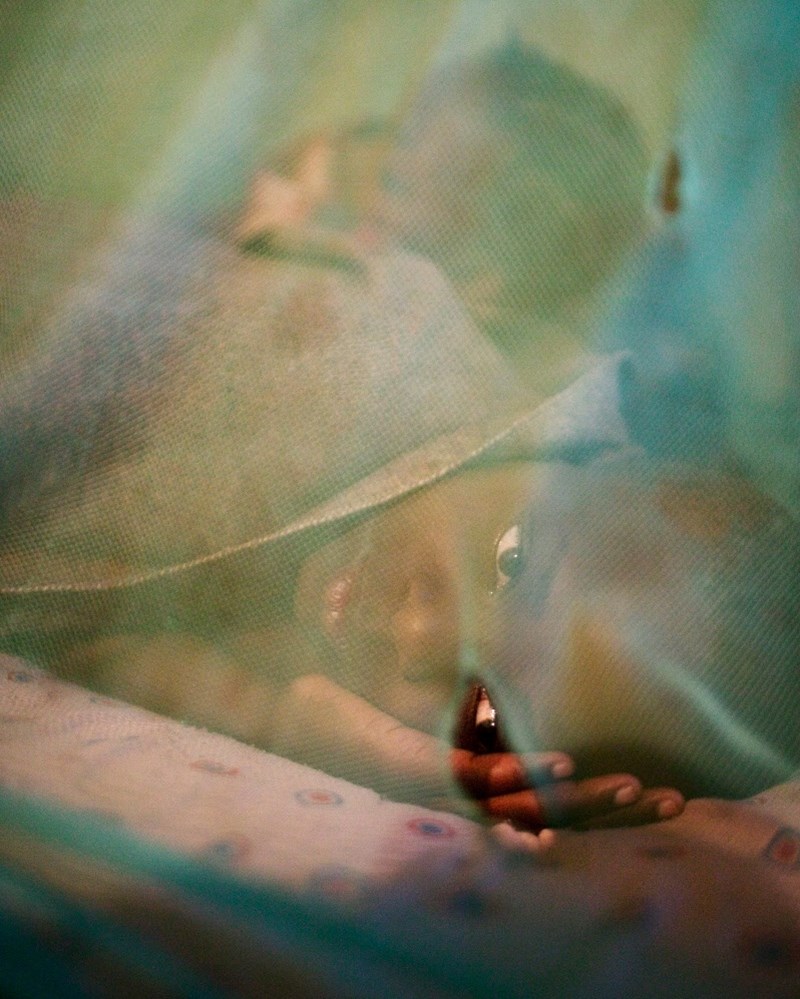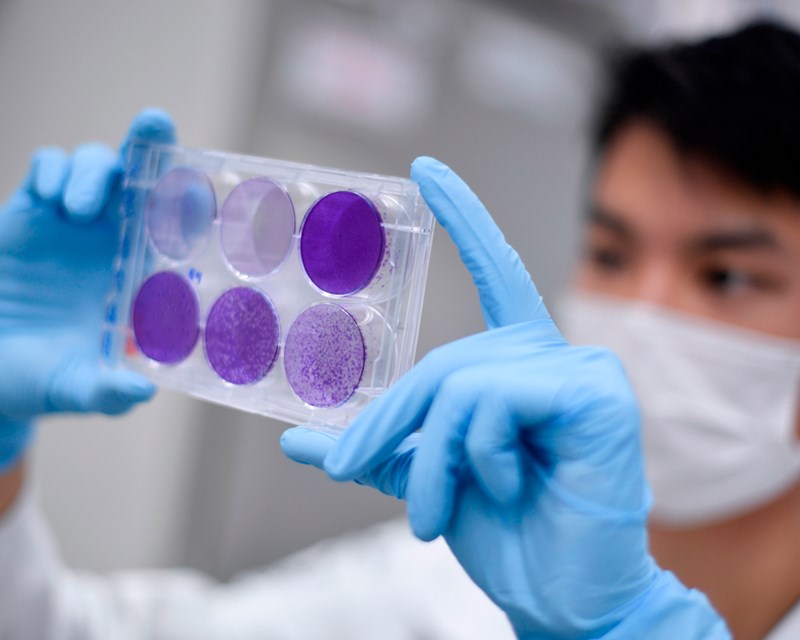In March, the world’s newest nation made history. Against a backdrop of civil war, famine and displacement, South Sudan announced it had stopped Guinea worm within its borders, marking a major victory in the race to make the disease only the second after smallpox to be eradicated worldwide.
“Having known the suffering it inflicts, one is very happy today,” Dr Riek Gai Kok, the country’s health minister, told reporters. “Future generations will just read of it in the books as history.”
Guinea worm–also known as dracunculiasis, or ‘affliction with little dragons’ - is one of 18 debilitating conditions known collectively as neglected tropical diseases, or NTDs. Between them, this band of diseases blind, disable and disfigure millions of the world’s poorest people, miring sufferers in poverty and social exclusion, and draining billions of dollars from developing economies each year.
They thrive in the most marginalised corners of the world – remote, rural communities or conflict zones, where health systems are weak – and despite being preventable and treatable, continue to blight communities.
NTDs are both a symptom and a cause of poverty. One, lymphatic filariasis (LF) begins with a simple mosquito bite. As the fly feeds, in some regions of the world, it can transmit a parasite, which invades the host’s lymphatic system and develops into an adult worm.
The infection can lead to vast swelling, blockages and fevers, leaving sufferers too ill to work or attend school, and often shunned by their communities.
Guinea worm larvae are ingested in dirty water, growing internally to as long as a metre before pushing, excruciatingly, through the skin over several weeks. There is no treatment, except to wind the emerging worm around a stick to speed its removal.
These diseases have afflicted the poor since ancient times. And yet, the tide is turning. For some decades, a global assault on NTDs has been quietly gathering speed, halting transmission and driving infection rates to new lows. Galvanised by funding, drug donations and political will – and backed by an army of frontline health workers – the alliance against neglected diseases has expanded into one of the most successful public health initiatives in history.

